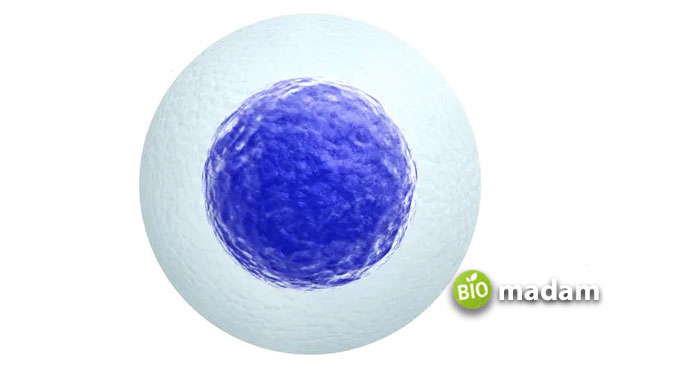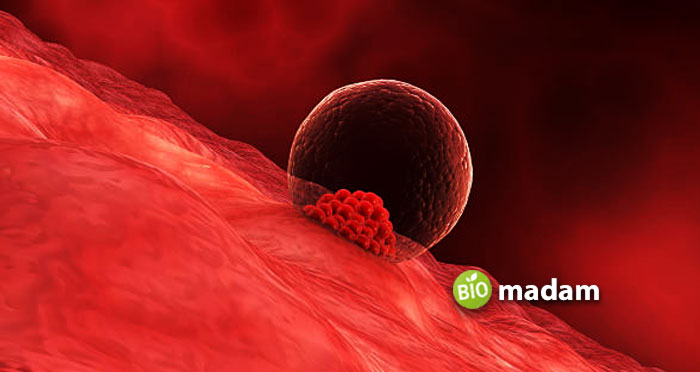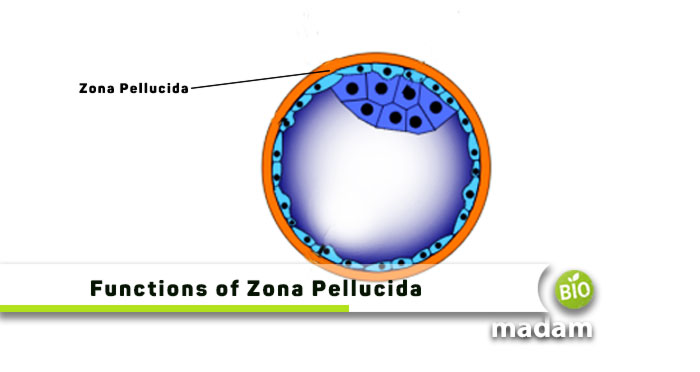All living organisms, like eukaryotes and prokaryotes, have specific reproduction systems that allow them to produce offspring. Structures such as eukaryotes comprise various organs and tissues and one such part is the zona pellucida present in the eggs. The extracellular matrix called zona pellucida is a protective barrier wrapping around an ovum as it matures in the ovary. The zona pellucida is a vital mammalian oocyte component for fertilization and embryonic development. Keep reading to learn everything about the functions of zona pellucida.
What is Zona Pellucida?
Zona pellucida is a unique glycoprotein matrix that surrounds and protects the oocyte (egg cell). This structure was identified earlier by microscopists; however, its significance in fertilization appeared in the late century.
Zona pellucida is a relatively thick, jelly-like lipid membrane that controls the oocyte interaction with its environment, including sperm cells. Fertilization of an egg requires a sperm to break through the egg’s zona pellucida. As fertilization occurs, it regresses to make way for uterine implantation and protects the egg through the fallopian tube. Non-mammals do not possess zona pellucida but have a similar structure, vitelline membrane, or vitelline envelope.
Structure of Zona Pellucida
A human zona pellucida has different glycoprotein layers, including ZP glycoprotein – 1 (ZP1), ZP glycoprotein – 2 (ZP2), ZP glycoprotein – 3 (ZP3), and ZP glycoprotein – 4 (ZP4). All these together form a network of filaments in the zona pellucida. In addition to glycoproteins, the zona pellucida also contains proteoglycans and multiple enzymes. As mentioned earlier, Zona pellucida is present in all mammalian eggs. However, its thickness and protein content vary significantly. The thickness of the zona pellucida in a mouse egg is approximately 6.2 m, and its protein content is about 3.5 ng. However, it may range between 1 to 25 m in thickness and 1 to 30 ng of protein content.
Ovary-specific antigens, antibodies, enzymes, and small viruses can all pass through the zona pellucida because it is an elastic, porous coat. The structure of zona pellucida is dynamic and changes during fertilization to block sperm from entering the oocyte.

Functions of Zona Pellucida
Protective Barrier
Zona pellucida functions as a barrier to protect the oocyte and prevent any damage in its developmental stage. It acts as a shield and a gatekeeper around the outer layer of oocytes and facilitates fertilization by regulating the interactions between sperm and egg.
Prevents Polyspermy
Another essential function of zona pellucida is to prevent polyspermy. It is an abnormal state where a single egg fertilizes with more than one sperm. The zona pellucida accomplishes this by rapidly changing its structure upon fertilization, making it impenetrable to other sperms.
Species-Specific Recognition
The zona pellucida also plays a crucial role in the species-specific binding between sperm and egg, thus preventing cross-breeding. This function of zona pellucida is accompanied by ZP3 of all the glycoproteins, which helps the binding of sperm to an unfertilized egg. This process induces acrosomal exocytosis, thus preventing the sperm from reaching a fertilized egg.
An egg is fertilized only when a sperm of the same species recognizes and binds to the egg. The glycoproteins that make up this layer have unique structures specific to each species and its subspecies, ensuring that only sperm from the same species can penetrate and fertilize the oocyte.
Promotion of Embryo Implantation
The zona pellucida also plays a vital role in promoting embryo implantation. It acts as a messenger to transmit signals between the oocyte and the sperm, facilitating the acrosome reaction necessary for sperm cell adhesion and penetration. After fertilization, the embryo must hatch from the zona pellucida and attach to the uterine lining for successful implantation. Zona pellucida glycoproteins interact with uterine molecules to facilitate this process.
Genetic Selection
Recent research has suggested that the zona pellucida may also play a role in genetic selection. Studies have shown that specific mutations in the genes encoding the glycoproteins of the zona pellucida can affect fertility by altering the binding of sperm to the oocyte, potentially leading to selection against sperm with specific genetic traits

The Bottom Line
Zona pellucida is an important part of the ovum that forms a protective barrier to protect it from the external environment. It is present in all mammalian organisms reproducing through oogenesis and spermatogenesis. Zona pellucida plays a critical role in fertilization and embryonic development. Other functions of zona pellucida include preventing polyspermy, species-specific recognition, and genetic selection.
FAQs
What is the difference between zona pellucida and corona radiata?
Zona pellucida is the thick glycoprotein outer layer of the ovum that protects it. On the other hand, corona radiata is on the outer layer of granulosa cells around developing oocytes.
Which enzyme is involved in digestion of zona pellucida?
Hydrolytic enzymes from the acrosomes help break down zona pellucida to allow the sperms to pass through the membrane. These enzymes include acrosin (a trypsin-like protease) and hyaluronidase (the corona-penetrating enzyme).
How does zona pellucida affect fertility?
Zona pellucida is a thick layer and may interfere with fertilization. It forms during the blastocyst phase of development and may prevent implantation during fertilization.
What happens to the zona pellucida once the sperm enters the egg?
When the sperm enters the egg after penetrating the zona pellucida, it fuses with the plasma membrane of the oocyte by binding at the posterior end of the sperm head.
Why is zona pellucida called a primary egg membrane?
Zona pellucida is a translucent covering of glycoproteins around mammalian eggs. It helps the binding of sperms through species-specific fertilization to avoid polysperm.
Is the zona pellucida removed during fertilization?
The embryo sheds the zona pellucida in preparation for implantation when it reaches the uterine cavity, followed by blastocyst hatching to perform fertilization.
Does sperm have zona pellucida?
Sperms do not have zona pellucida found in the outer layer of eggs. Instead, they have an intact acrosome that undergoes reaction to facilitate penetration.

Hello, I would like to introduce myself to you! I am Chelsea Rogers, an experienced blog writer for science articles, holding an MPhil degree. My enthusiasm to grab the best knowledge, let it relate to botany, zoology, or any other science branch. Read my articles & let me wait for your words s in the comment section.

